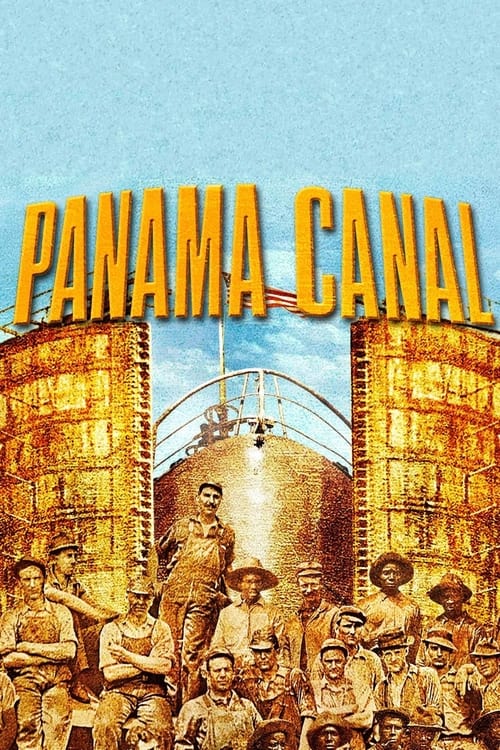Movies by Stephen Ives

Beatrix Farrand's American Landscapes
Garden designer Lynden B. Miller explores the life and career of Beatrix Jones Farrand (1872-1959), America's first female landscape architect.

Sealab
The Sealab project, launched in 1969 off the shore of northern California, was the brainchild of a country doctor turned naval pioneer who dreamed of pushing the limits of ocean exploration like NASA did space exploration. The massive, 300-ton tubular structure was a pressurized underwater habitat, complete with science labs and living quarters for divers who would live and work there on the ocean floor for days or even months at a time. During the height of the Space Race, this daring program also tested the limits of human endurance and re...

Ruthless: Monopoly's Secret History
America’s favorite board game, Monopoly, is a love letter to unbridled capitalism and the impulses that make our free-market society tick. Contrary to the folksy legend spread by Parker Brothers, Monopoly’s origin involves a radical feminist and a community of Quakers in Atlantic City. If not for the determination of an economics professor and impassioned anti-monopolist, the real story behind the creation of the game might never have come to light.

Kit Carson
An illiterate mountain man, Kit Carson was fluent in Spanish and five Indian languages; he twice married Native American women, yet led a brutal war against the Navajo. When the West was a mystery to most Americans, Carson mastered it, and his expertise made him not only famous, but also sought after. Eventually, by helping to spur a migration that would change the West forever, he unwittingly became an agent in the destruction of the life he loved.

Panama Canal
On August 15th, 1914, the Panama Canal opened, connecting the world's two largest oceans and signaling America's emergence as a global superpower.

Las Vegas: An Unconventional History: Part 1 - Sin City
Traces the often surprising, endlessly entertaining history of the country's most outrageous playground. Interviews with Las Vegas insiders as well as everyday citizens in search of the American Dream chronicle how Las Vegas transformed itself from remote frontier way station into the Depression-era "Gateway to the Hoover Dam," then into the mid-century gangster metropolis known as "Sin City," and finally into a family vacation destination and the fastest-growing city in the United States.

Lindbergh
Charles Lindbergh lived a life of absolutes, never doubting his own abilities or the altitude of his own moral high ground. His extraordinary character brought him unparalleled accomplishment but also public humiliation and lonely isolation, as his faith in genetic determinism could barely conceal his narrow, naive, and racist social and political views.

Grand Coulee Dam
During the darkest days of the Depression when construction was started on Grand Coulee Dam, everything about it was described in superlatives. It would be the "Biggest Thing on Earth," the salvation of the common man, a dam and irrigation project that would make the desert bloom, a source of cheap power that would boost an entire region of the country. Of the many public works projects of the New Deal, Grand Coulee Dam loomed largest in America's imagination, promising to fulfill President Franklin Roosevelt's vision for a "planned promised...

1964
1964 was the year the Beatles came to America, Cassius Clay became Muhammad Ali, and three civil rights workers were murdered in Mississippi. It was the year when Berkeley students rose up in protest, African Americans fought back against injustice in Harlem, and Barry Goldwater’s conservative revolution took over the Republican Party. In myriad ways, 1964 was the year when Americans faced choices: between the liberalism of Lyndon Johnson or Barry Goldwater’s grassroots conservatism, between support for the civil rights movement or oppositio...

New Orleans
In the wake of hurricane Katrina, as Americans begin a dialogue about the future of one of the nation's most distinctive cities, AMERICAN EXPERIENCE presents a provocative history of the city that lies at the mouth of the mighty Mississippi. Walled in on almost all sides by water, pressed together by the demands of geography, New Orleans has always been a laboratory where the social forces play out in dramatic and, at times, disastrous fashion.

Custer's Last Stand
Follow General George Armstrong Custer from his memorable, wild charge at Gettysburg to his lonely, untimely death on the windswept Plains of the West. On June 26, 1876, Custer, a reputation for fearless and often reckless courage ordered his soldiers to drive back a large army of Lakota and Cheyenne warriors. By day's end, Custer and nearly a third of his army were dead.

Seabiscuit
He was boxy, with stumpy legs that wouldn't completely straighten a short straggly tail and an ungainly gait; though he didn't look the part, Seabiscuit was one of the most remarkable thoroughbred racehorses in history. In the 1930s, when Americans longed to escape the grim realities of Depression-era life, four men turned Seabiscuit into a national hero. They were his fabulously wealthy owner Charles Howard, his famously silent and stubborn trainer Tom Smith and the two hard-bitten, gifted jockeys who rode him to glory. By following the pat...